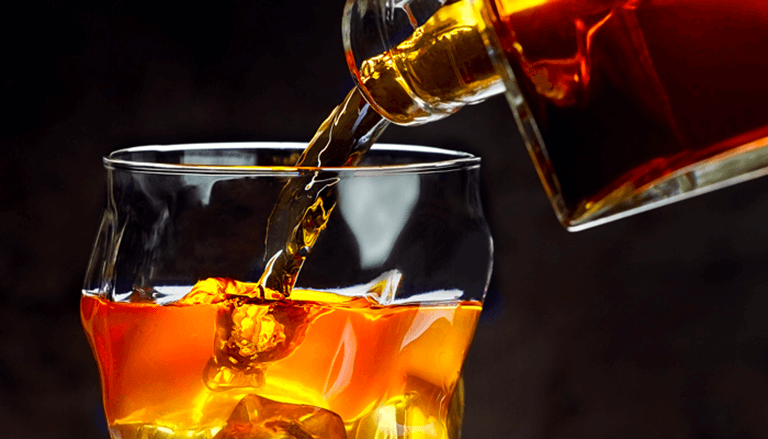Have you ever heard that moonshine will make you go blind? Today, even your favorite, top-shelf liquor may be just as much of a risk.
During the Prohibition era in the U.S., it was not the home distilled liquors that were dangerous. To increase profits, cheap and poisonous industrial alcohols were added to spirits, often leading to blindness and death. Similar practices exist today, with estimates that 30 percent of the alcoholic beverages consumed in the world are illicit, risking manufacturers’ brand reputations and consumers’ health.
Everywhere we look in industry we see issues with counterfeit, adulterated, or knock-off products. The alcohol industry is no different. Adulterants include both inexpensive solvents for removing paint and ethyl rubbing alcohols with the same intoxicating component as alcoholic beverages (ethanol), but intentionally have contaminants (denaturants) to make them unsafe for human consumption.






